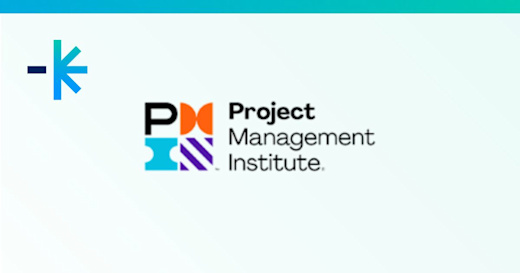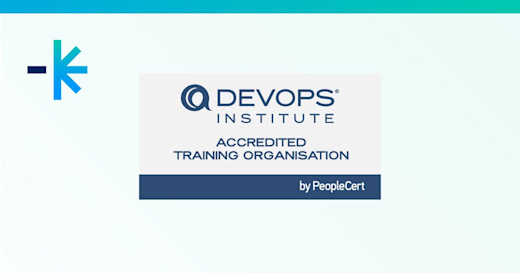Agile project management has become a mainstay in Australian business, with companies such as IAG, Suncorp, and ANZ being some of its biggest adopters. With a 98% success rate among projects (according to a VersionOne survey) – and a 28% higher success rate than traditional projects, reasons for its popularity are evident. Such methods not only benefit those within the business; it also reaps optimum results for every stakeholder involved.
Agile project management benefits all types of teams in different industries, but it can be especially helpful to groups that:
work based on client requirements
want to leverage user feedback
have a dynamic and ever-evolving environment
Agile techniques employ an iterative and incremental approach to management, resulting in reduced project risk, higher product quality, and a more efficient, collaborative workplace. This enhancement of worker performance thus leads to greater user satisfaction – benefiting your overall business.
Below, we explore the main advantages of implementing agility in your projects – and those it positively impacts.
Results in more efficient teams
Agile project management firstly benefits the teams who adopt its methods; helping them approach big-picture goals through bite-sized, incremental achievements. This makes the critical difference between agile development and the traditional, “Waterfall” method: whereas the Waterfall model is sequential and non-iterative (typically progressing from the “analysis” stage to design, implementation, and finally – testing and maintenance), agile methods break a project into smaller sections called “sprints”.
These “sprints” are reviewed frequently (often every two weeks) to assess any issues or necessary changes. Agile methods, therefore, foster greater flexibility among its workers, offering a more “lightweight way of working” that diminish obstructions to responsive change.
Such management also fosters a more collaborative workplace culture, helping teams work better collectively and improving their overall efficiency. This leads to employee motivation – as most consider “team success” the main driving force in the work they do.
Daily meetings may be held, allowing members to discuss any work completed, pending tasks, and current roadblocks. “Sprint” reviews may even allow workers to confer with stakeholders on their current progress, providing them with valuable feedback to incorporate in their product development.
Collaborative, agile methods involve all those with a vested interest in the project – optimizing all efforts for better, more efficient performance. Efficient workers result in greater customer satisfaction – without the need to overspend.
It results in higher-quality products and services
User input plays a key role in agile project management, providing customers with full visibility and transparency during development. The iterative nature of agile planning allows for continuous feedback and improvement throughout the process; placing great focus on customer needs and driving value from the start of the project.
Team members ensure optimum quality through regular check-ups – continuously defining user requirements, incorporating daily testing and addressing issues as they arise. To maintain efficiency, they may even take advantage of automated testing tools. The project is developed in rapid, incremental cycles, performing rigorous testing with each release to assure maximum functionality and performance.
Teams often complete their work using the “Definition of Done”: developed, tested, integrated, and documented.
As such, agile project management prioritises user demands and concerns; maintaining higher levels of customer satisfaction. Users feel valued as they’re more engaged and involved in a company’s projects, with their concerns thoroughly addressed. Agile teams are also able to deliver products to market at a faster rate – granting customers with early access to products during their life cycle.
According to a Forbes survey, 49% of top managers agree that unrelenting customer focus is a primary reason for success in agile development.
Better project planning and predictability
The adaptability and flexibility of agile management allow for better, more relevant metrics to measure progress by. Since project elements are constantly reviewed throughout its development, workers are better able to estimate timelines, budgets, and the efforts required for its completion. Estimates are thus tailored to the team’s capabilities in each step of a project’s lifespan (often updated in each “sprint” session), allowing for more accurate planning and greater predictability.
The metrics one may use to measure progress can include cycle time, lead time, aging work in progress, and throughput. Lead time addresses how long it takes to process an item from customer request to actual delivery, while cycle time measures how long it takes to work on the given item. “Aging work in progress” determines the optimum and dragging speeds of your work process (where it speeds up and where it slows down), and throughput measures team productivity – comparing the amount of completed work against the overall time spent.
These measurements help workers predict the time and monetary requirements for each individual “sprint”. This improved predictability also allows them to better estimate the ROI of a project – and whether it outweighs the costs involved.
Project predictability grants workers greater control over a project and helps avoid common problems such as late product delivery, overruns, or poor product quality.
Reduced risk and faster ROI
Finally, implementing agile methods help reduce the risk of project failure. As each “sprint” focuses on achieving and maintaining optimum quality – workers ensure an agile project doesn’t fail completely. When changes or improvements are necessary, agile techniques provide the freedom to do so, keeping all issues to an absolute minimum. Quality assurance is sprinkled throughout the entire process, rather than used as a final phase in development.
Those who work under agile management also practice “failing fast”. With rapid, cyclical “sprints”, workers can more quickly determine whether a project will work – or “fail fast” and scrap (or modify) it all together.
At each step of the process, their incorporation of user feedback adds real, customer-focused value with each incremental development. This also helps them adapt the project to address concerns and preferences as they come up.
Reduced risk is additionally achieved by equipping team members with the necessary tools and training to carry out their tasks as smoothly and efficiently as possible.
As agile management allows product or service features to be delivered incrementally, this also allows for fast releases and the ability to gauge user reactions as quickly as possible. The fast-moving world of modern business calls for such urgency – and keeps you and your company ahead of the competition.
Statistics show that agile methods allow a 37% faster time-to-market and a 16% higher productivity than those who stick to a traditional business approach.
Foster an agile workplace with AgileSHIFT
Ensure greater success among company projects with an agile mindset and approach. In a survey of over 500 senior executives, 92% lauded organisational agility as critical to business profits.
We offer business owners and employees all the agile training they need through AgileSHIFT. A 2-day program dedicated to enterprise agility and transformation, AgileSHIFT into the principles, framework, and practices of a flexible, adaptable business. The resulting certification can benefit managers, agile leaders, and team members alike.
Learn to incorporate an agile culture in your workplace – you can access our project management EBook. Feel free to enquire with us today about project management training and certifications.










